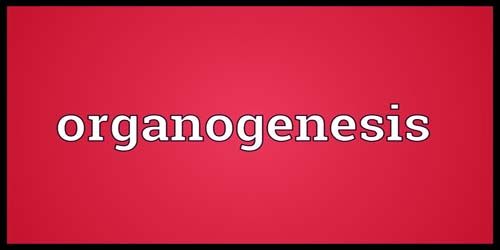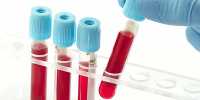Organogenesis is the process by which the three germ tissue layers of the embryo, the ectoderm, the endoderm, and the mesoderm, develop into the internal organs of the organism. Organogenesis is the developmental phase of the embryo that begins at the end of gastrulation and continues until birth. During organogenesis, three bacterial layers from gastrulation (ectoderm, endoderm, and mesoderm) form the internal organs of the animal. In the second stage, the cells are differentiated. Organ primordia are made up of single cells or small groups of individual cells. These cells form small meristems with dense cytoplasm and large nucleated cells. For example, a few cells in the ectoderm will reveal specific genes for skin cells. As a result, these cells will separate into epidermal cells. Thus, the differentiation process is regulated by cellular signaling cascade.
Each of the three germ layers goes through cell differentiation, a process where less-specialized cells become more specialized through the expression of specific sets of genes. The cell differentiation is driven by the cell signaling cascade. The ectoderm forms epithelial cells and tissues as well as neuronal tissues. During the formation of the nervous system, the causes of the growth of special signal molecules signal a few cells in the epidermis cells at the edge of the ectoderm. Cells in an organ-forming region go through differential development and movement to form an organ primordium or allele. A spatial pattern of gene expression reorganizes the mesoderm into groups of cells called somites, which contain spaces. The mesoderm forms a structure called the notochord, which is rod-shaped and forms the central axis of the animal’s body. The difference is influenced by extrinsic signals such as growth factors that are exchanged in adjacent cells called juxtacrine signaling or at a short distance to adjacent cells which is called paracrine signaling. Organogenesis continues until the specific characteristics of the organ are achieved. This process is accompanied by histogenesis; The result of both processes is a structural and practically complete organ. These signaling pathways allow cells to rearrange and ensure that organs form at specific sites within the organism. The process of organogenesis can be studied using embryos and organoids.














